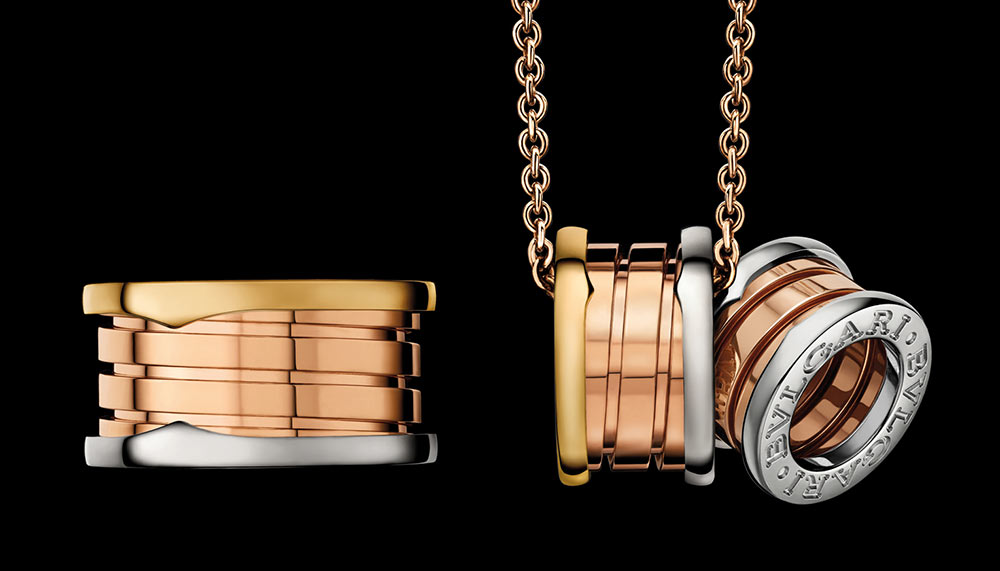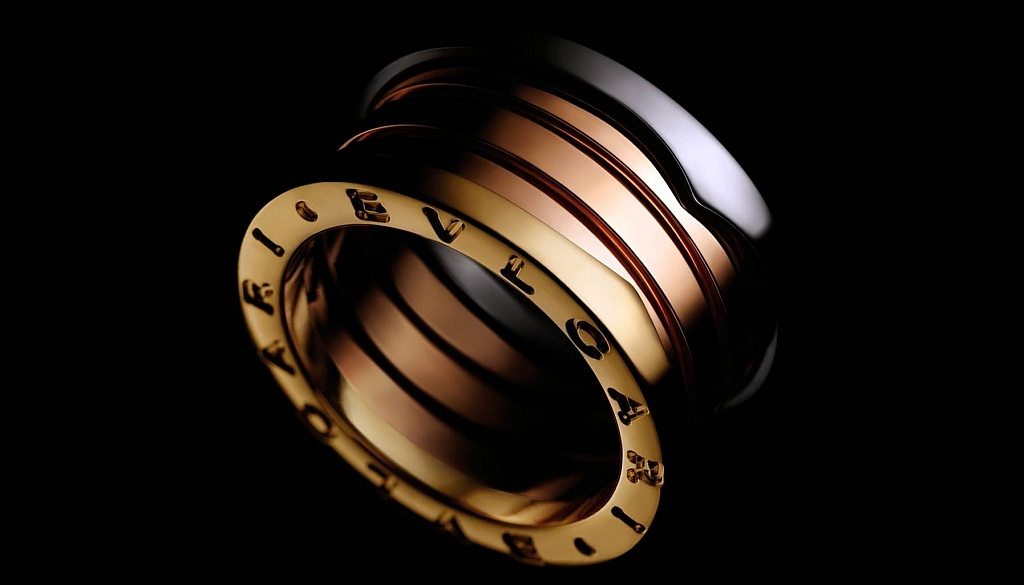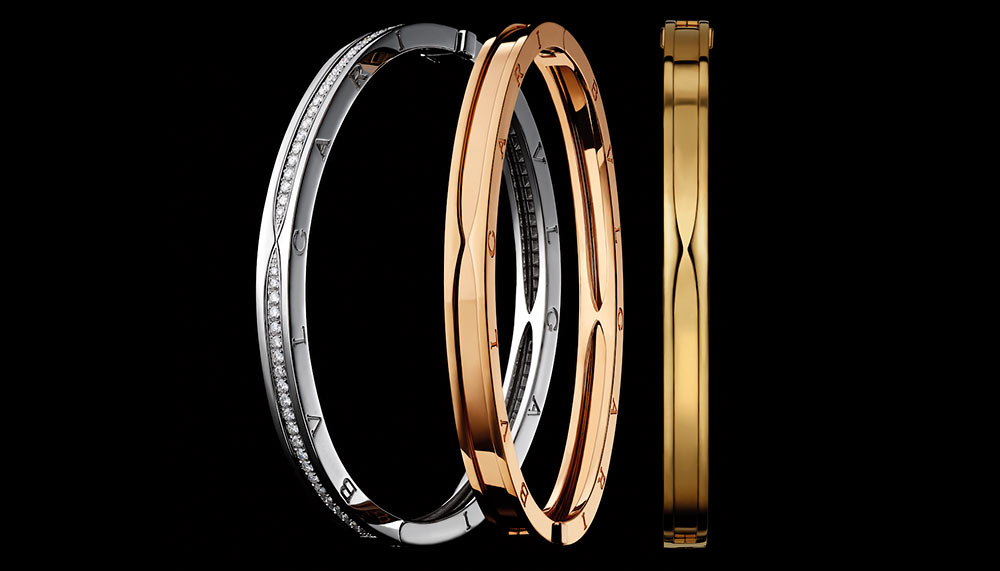Bulgari’s creative director Lucia Silvestri on the tricoloured B.zero1 ring
Italy’s national flag is known as the tricolore. Roman Catholics believe in the Holy Trinity, and there is even a mobile phone company in Italy called Tre. Clearly, the number three holds special significance for Italian, not the least of which is Roman luxury house Bulgari.
This year, Bulgari lifted the veil on a pink, white and yellow gold version of its iconic B.zero1 ring. One might think that such a combination would have already been expressed in the ring’s 17-year history, but this is not the case.
“At the beginning (in 1999) we made prototype just to see the colours,” explains Lucia Silvestri, Bulgari’s creative director. “But it was too early to launch because of the B.zero1 was already so revolutionary. So we launched it in single colours. We kept the prototype in the safe for more than 10 years.”
Using three shades of gold, Silvestri adds, would have detracted from the geometric purity and strong, architectural volume of the spiral ring.
Even using coloured stones would have overwhelmed the design. “We’ve tried using blue topazes, amethysts and sapphires, but we feel that it’s better without gems because the design is much stronger,” says Silvestri. “Over the years, we tried to make this collection richer through the use of materials like marble or ceramic.”
B.zero1 underscores Bulgari’s intimate connection to the Eternal City. After all, it was in Rome that brand founder Sotirios Voulgaris built his jewellery empire. Like many of Bulgari’s designs, B.zero1 – B for Bulgari and zero.1 symbolising the first proposal of the new millennium – makes reference to Rome’s architectural heritage, in this case, the Colosseum (the design, however, is circular rather than elliptical like the amphitheatre).
B.zero1 combined two motifs popular in the Bulgari universe: the tubogas technique, named for its resemblance to gas-pipe tubing, and the distinctive Bulgari-Bulgari logo. The former is a means of braiding metal in a way that does not require soldering. Appearing in the late 1940s, it is applied liberally across Bulgari’s repertoire, most notably in its Serpenti bracelet-watches, and subsequently also on the B.zero1 line-up.
 The Bulgari-Bulgari logo made its debut on a watch bezel in the late 1970s, inspired by ancient Roman coins that bore the names of emperors in relief. On B.zero1, the double logo is engraved on two flat rings that cap the spiral centre.
The Bulgari-Bulgari logo made its debut on a watch bezel in the late 1970s, inspired by ancient Roman coins that bore the names of emperors in relief. On B.zero1, the double logo is engraved on two flat rings that cap the spiral centre.
In 1999, three B.zero1 prototypes were proposed: the first was rendered in a uniform gold tone, which eventually became the commercial model, the second was the tricoloured edition, and the third was a thin, delicate bangle that resembled a stretched version of the ring. The bangle was also launched this year. It was Nicola Bulgari, grandson of Voulgaris, who decided that the two prototypes were ready for commercial release.
Says Silvestri, “Mr Bulgari said: ‘This is the right moment to relaunch the B.zero1 in three colours because you can wear it with any colour (of clothing).’ It’s easy, modern and versatile. Personally, I love wearing different colours of gold. I love this concept.”











